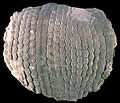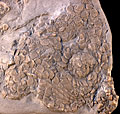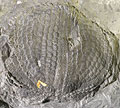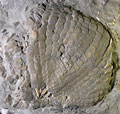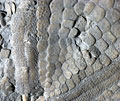The Echinoid Directory
Pholidechinus Jackson, 1912, p. 299
| Diagnostic Features |
|
|---|---|
| Distribution | Lower Carboniferous, USA. |
| Name gender | masculine |
| Type | Pholidechinus brauni Jackson, 1912, p. 299, by original designation. |
| Species Included |
|
| Classification and/or Status |
|
| Remarks |
|
